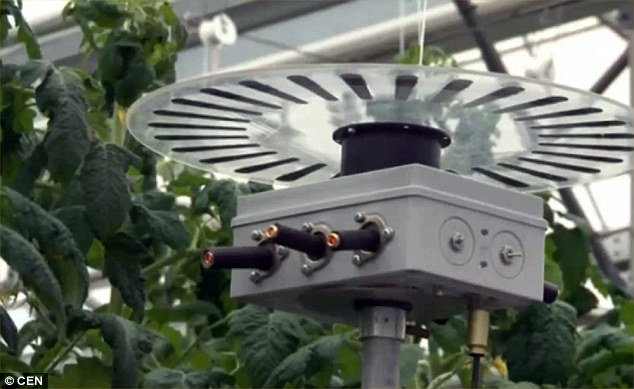World hunger and malnutrition are among the most critical issues we are dealing with at this time, affecting roughly 800 million people worldwide. The main causes are mostly economics-related, but as the world population increases at a very fast rate, a new issue arises – the impossibility of producing enough food at a fast enough rate to sustain the entire population.
Luckily, scientists are already working hard on finding a solution to this, and the advancements they make are remarkable: new technologies such as genetic modifications and lasers are bound to accelerate the growth of plants up to twice their normal speed. Here’s how it all works.
Plants 101
In case you don’t remember much from the biology classes in school, here’s a quick recap of how plants work: they take water and nutrients from the soil, they take carbon dioxide from the air, and with the help of sunlight, they transform it all into the chemical energy they use to grow, thanks to a process known as photosynthesis. Photosynthesis not only does it allow plants to thrive, but does the same for us, as one by-product of the process is oxygen, a fairly important element for our well-being.
Until the rise of technology, the biggest photosynthesis-related accomplishment was being able to have the process take place indoors, in the absence of natural sunlight, which is not a negligible achievement, but it’s not exactly groundbreaking either. Modern technology aims to bring things to a whole new level.
Supercharging Photosynthesis
There are two main parts involved in enhancing the photosynthesis process: providing the plant with all the necessary elements for the process and helping it speed up the process. The former was accessible up to a certain point, but it’s the latter that we have had issues with because we lacked the necessary technology and knowledge. Luckily, technology finally reached the point where it allowed us to fine-tune the process.
A team of scientists from eight countries worked together on a project aimed to modify the genetic code of plants to make them carry out photosynthesis at a faster rate. The process, known as C4 photosynthesis, focused on helping important crop plants such as rice and wheat develop some cells found in other fast-growing plants, which can store carbon dioxide in order to allow photosynthesis to take place at a significantly faster rate, and increase yields by as much as 50%, while at the same time using less water and fertilizers.
Modern technology can also play an important role in providing the elements needed for photosynthesis in a more efficient way. In the past, the focus was on providing the water (through irrigation) and nutrients (through fertilizers), but one crucial element received very little attention: light. The main reason for this was the fact that it was the only element that was available in practically unlimited quantities naturally, so researchers focused more on the other elements. However, with supercharged photosynthesis, the light also needs to be supercharged. This is where lasers come into play.

Laser Technology
When people hear the term “laser”, agriculture is about the last field that they tend to associate it with. However, that might change soon, as some recent experiments indicated that lasers can be used to deliver precise doses of light to a plant, and thus create the best possible conditions for photosynthesis, which is of crucial importance considering that C4 photosynthesis intends to accelerate the whole process.
Laser technology has the major advantage of being highly precise, so it can be delivered in just the right amount to the plant. Light also plays an important role in helping damaged plants heal themselves, so this is yet another application for laser technology that can ultimately speed up crop growth and improve yields.
While using lasers to improve plant growth is in its early experimental stages, the technology that makes it all possible – laser technology – is anything but new, being used in a variety of other fields ranging from commercial engraving services up to optics, entertainment, medicine, and everything in between.
As you can see, laser technology is a very versatile technology, having revolutionized pretty much all the fields it was used in, so it’s just a matter of time until it revolutionizes agriculture as well.
Featured image source: www.dailymail.co.uk